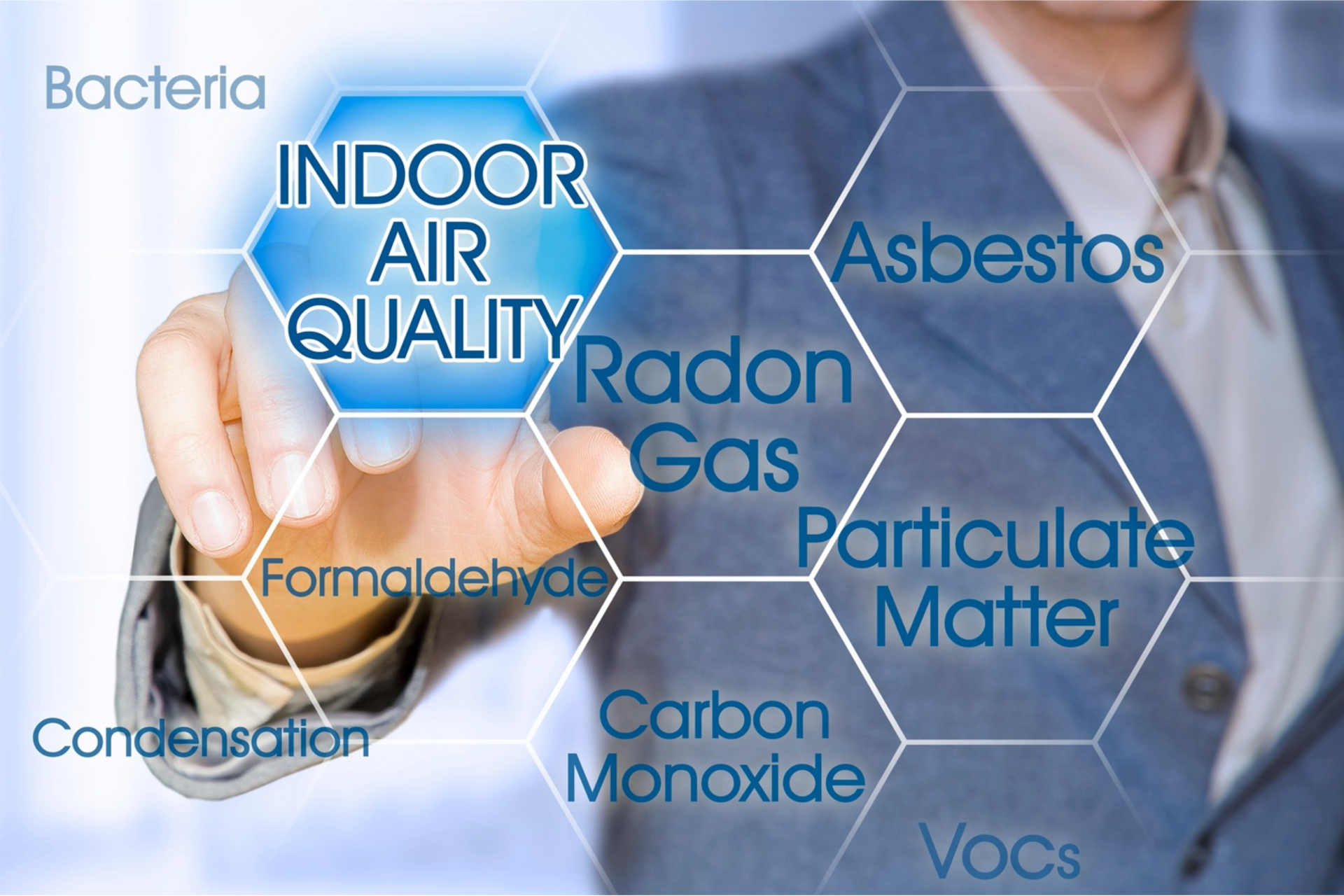Radon testing is not just for real estate transactions
Radon testing is not just for real estate transactions
Radon gas in the home is the second leading cause of lung cancer, after cigarette smoking. The survival rate of radon induced lung cancer is <1%. Just in the last 2-3 months, we tested a home in New Lenox that averaged over 112 pCi/l and a home in Orland Park that averaged 30.5 pCi/l, with levels as high as 60 pCi/l during some periods. 15 pCi/l is equivalent to smoking 1 pack of cigarettes per day. As we know, communities such as Joliet, Plainfield, Oswego, Naperville, Kankakee, Bourbonnais also frequently test higher than 4.0 pCi/l.
The EPA and Illinois Emergency Management Agency recommends mitigation for all homes testing 4.0 pCi/l or higher. Do you want to wait until you sell your home to find out if you are living with elevated levels of radon?
Radon exists in nature as a colorless and odorless radioactive gas. While it might be found in nature, it is still harmful at certain levels indoors. When you inhale radon it can increase the chances of getting lung cancer. Many people have unsafe radon levels in their own homes and don’t know that it is there. It doesn’t matter if you have a newly built home or a home that was built 100 years ago, elevated radon levels can be found in old and new homes, homes with full basements, over a crawlspace or even those built on a slab foundation. No matter what area of the county you live in, you should test for radon in the home.
Radon in the Home and How It Gets There
We know that radon comes from the earth but how is it formed? When uranium is present in soil, rocks, or water, it breaks down and forms radon over time. Radon is released into the surrounding earth. When you have cracks or gaps in your foundation or walls, this can allow radon gas into your home. Fireplaces and plumbing pipes are other areas that can let radon seep in. Luckily, professional radon testing can provide an accurate reading of the radon levels in your home, and this information will allow you to make changes that will keep your household safer and healthier.
Radon is only harmful to people’s health when they are exposed to it indoors, in a confined space. There isn’t enough ongoing fresh airflow to allow the radon to escape. Professional radon testing is known to be much more accurate than a cheap DIY test from the hardware store or on-line. Choose an inspector who meets EPA requirements, such as Precision Environmental Services.
What To Do After the Radon Test
Every home should be tested for radon when performing a buyer’s home inspection. If the results are negative, then you can rest assured knowing that your home is safe. If the results are positive, then you can move forward to have the radon gas expelled from your home. There are a variety of different mitigation units that can be installed into your home that will help release the radon into the outside air before it accumulates to dangerous levels inside. Contact us to schedule an inspection and radon testing services.
You might also like
Book a Service Today
We will get back to you as soon as possible
Please try again later
Counties We Serve
Dupage County, Kendall County, Cook County, Kankakee County, Will County, and Metro Chicago Area south and west communities



